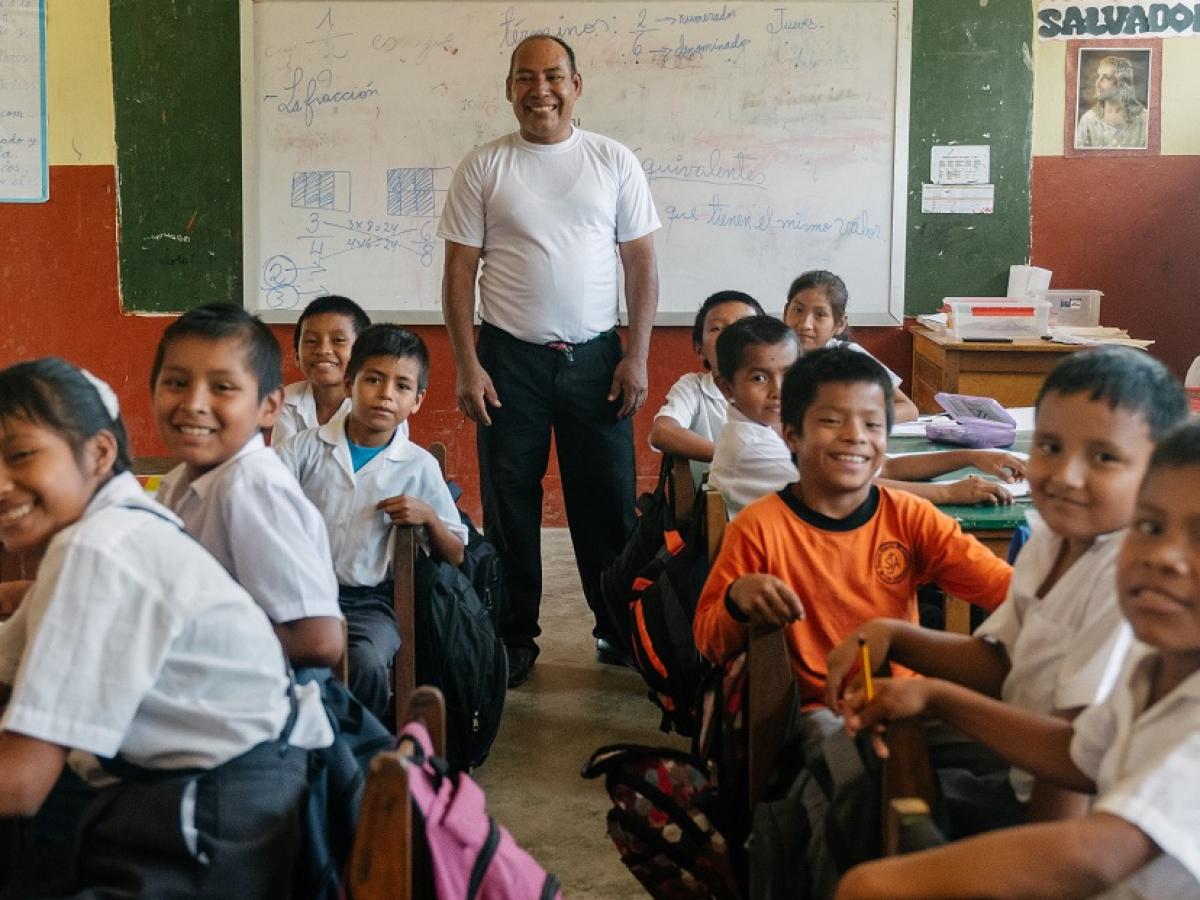The Pottery Maker
Connecting Peruvian artists to the internet and the world
Story by Sahar Kalifa, USAID | Photos by Dave Cooper for USAID
January 2020
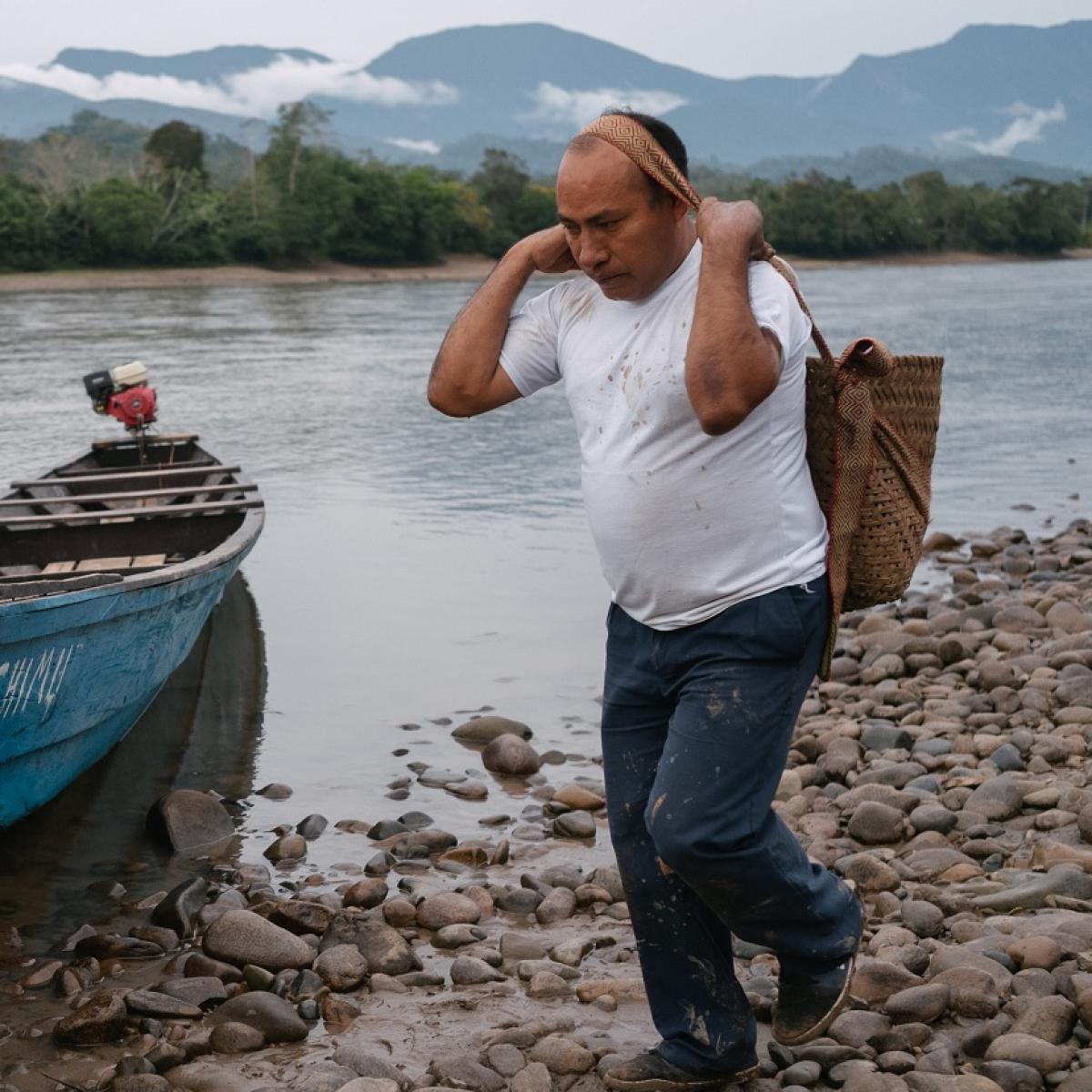
When Willian was 10, he started growing coca. Many in Chazuta, a village located in the Peruvian Amazon, had to as well. In the 1980s and 1990s drug trafficking took hold of the village as it was losing a lot of its traditions, including pottery making.
In 2004, the Government of Peru put together a plan to reduce illegal coca cultivation. This helped former coca farmers find legitimate work. They started growing cacao and coffee, and opening pottery businesses.
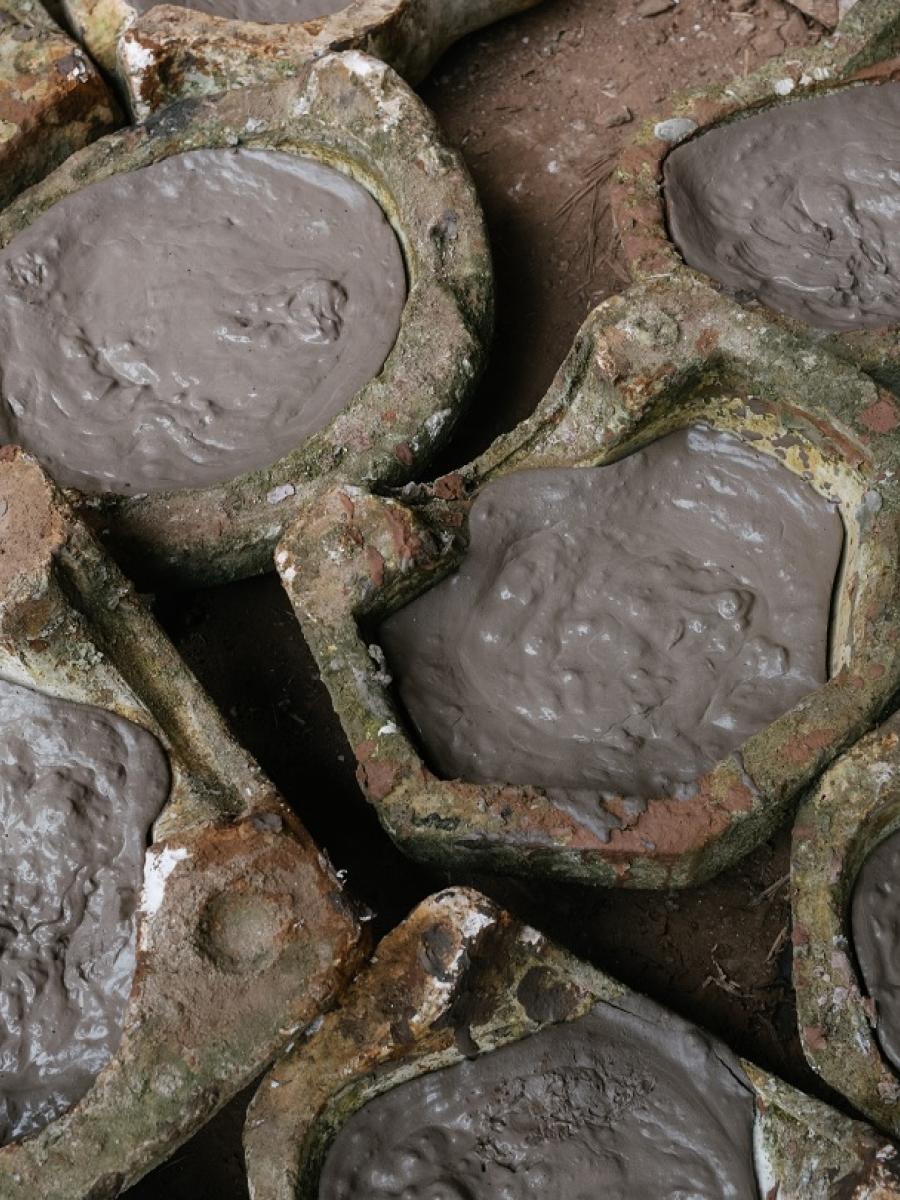
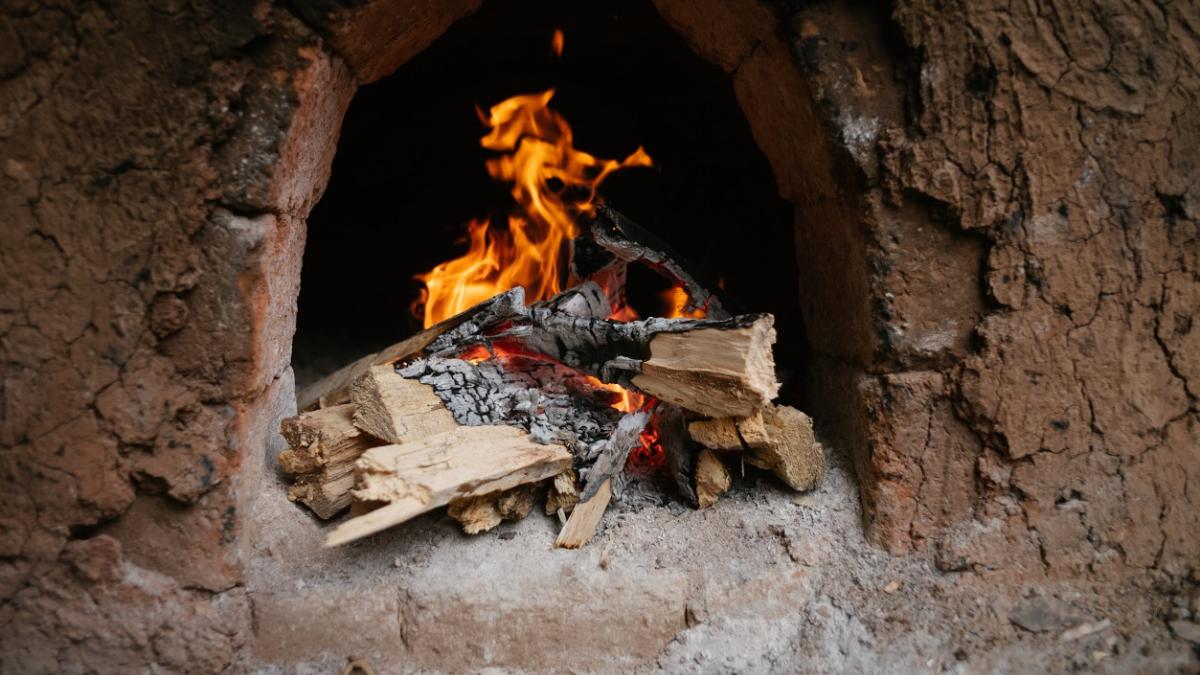
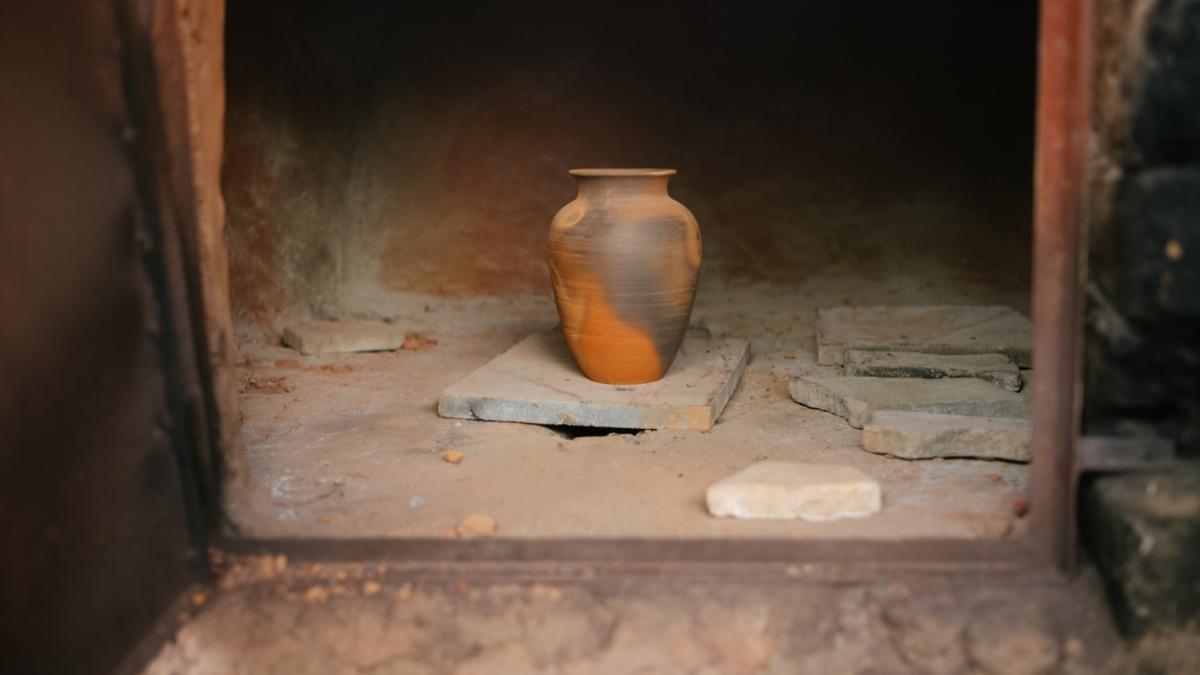
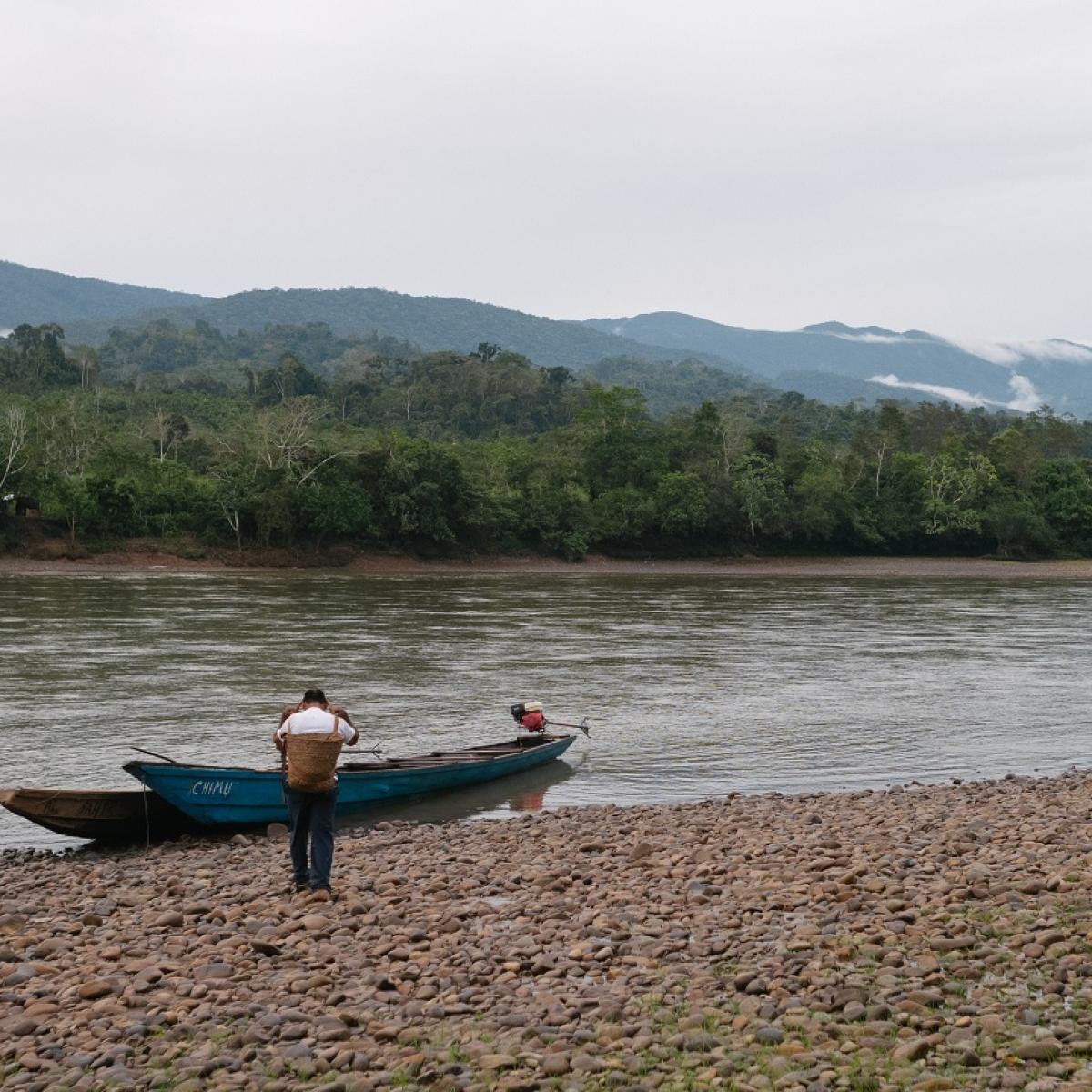
Together, the Government of Peru, USAID, and State’s Bureau of International Narcotics and Law Enforcement Affairs, reduced coca cultivation by 83% in San Martin, Ucayali, and Pasco.
Willian followed his passion for ceramics. "Since I was 13 years old I practiced pottery and my mother tells me that I used to play with clay as a young child," he recalls. "This pottery is something that comes from our heritage. My mother and grandmother are both artisans. This is something that is born within me."
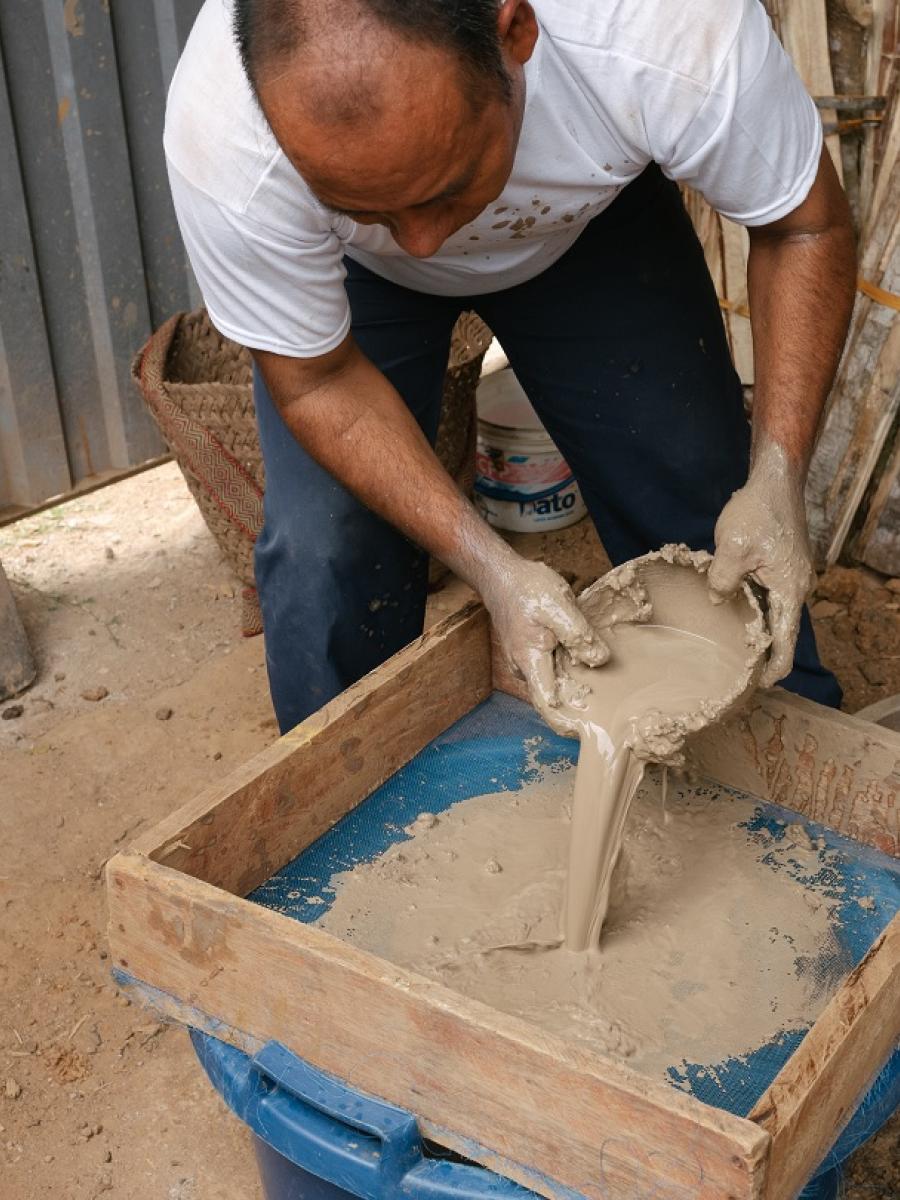
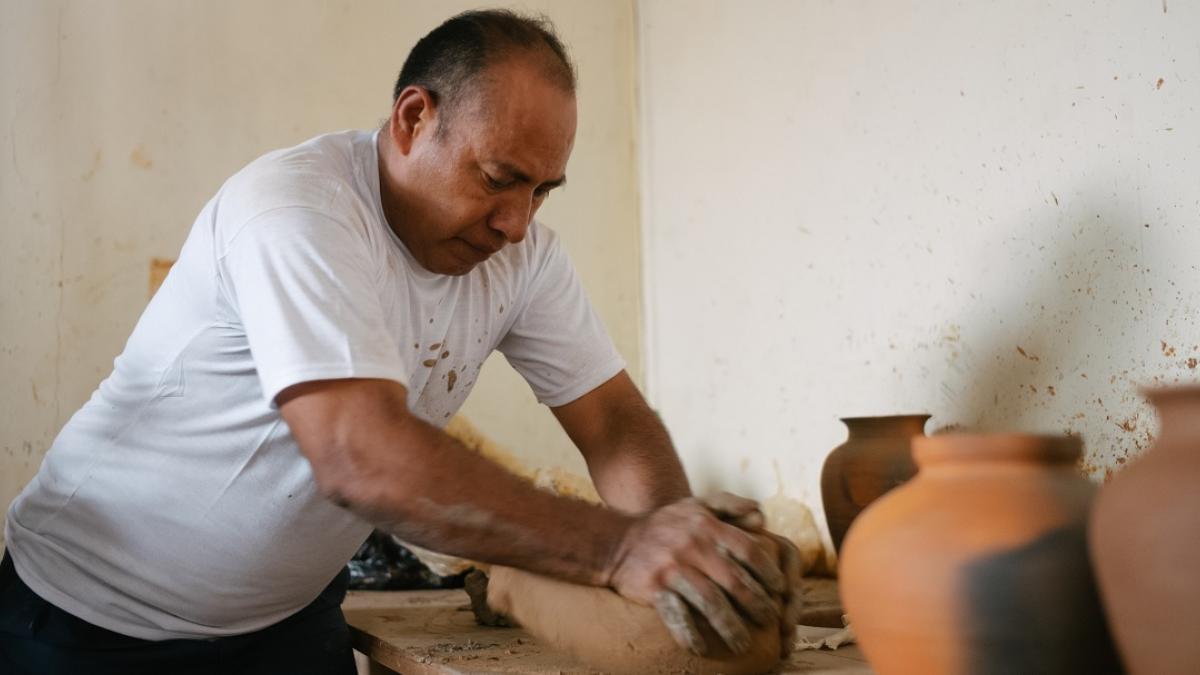
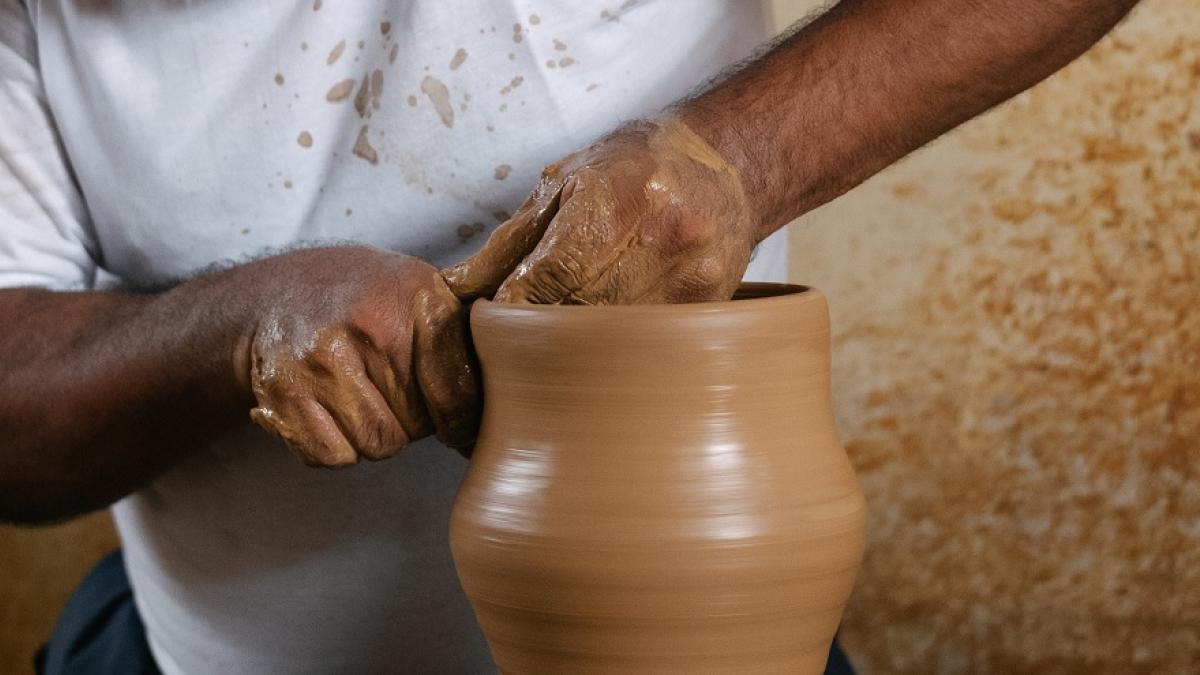
Willian struggled when he first started his pottery business. In 2013, he participated in a USAID training on digital and financial literacy. A USAID-funded telecenter offered courses for artisans, entrepreneurs, and farmers throughout Chazuta, expanding opportunities and strengthening the village's economy.
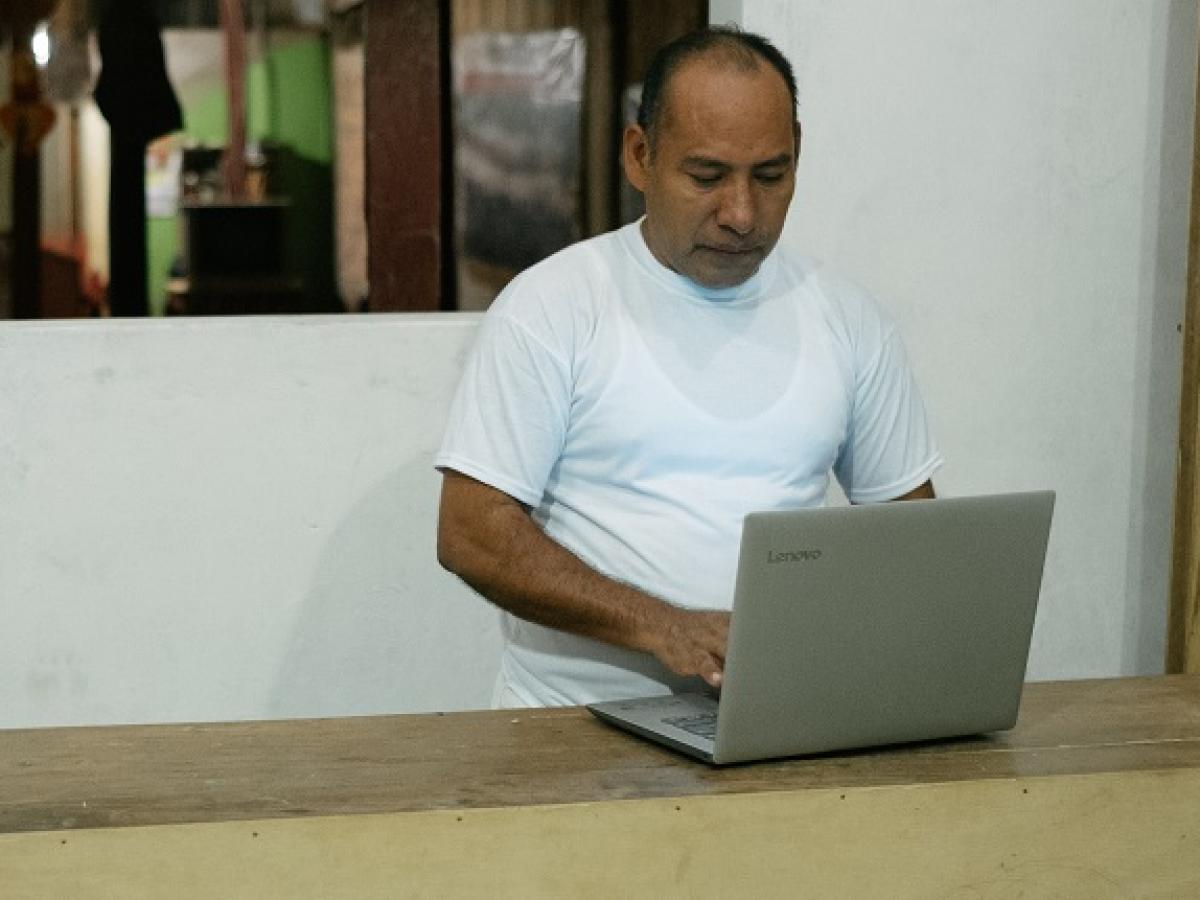
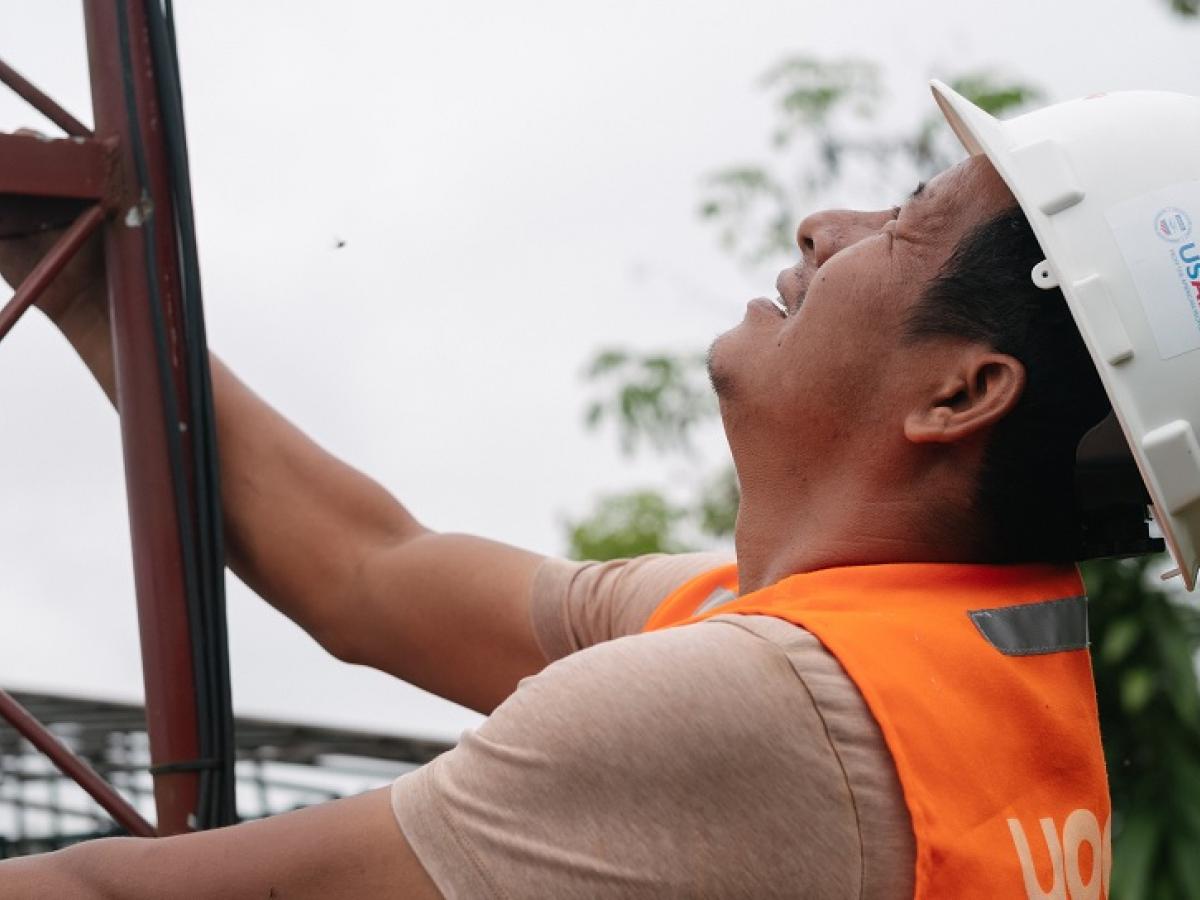

The training taught me how to use the internet and expand the business," he says. "Before the training we didn't produce a lot because there was no market to sell our products." Willian now produces four times as many pieces.
Now it's very different for children who are 10 years old," he says. "Now they can focus on studies. We have to take care of our children. We have to give them opportunities to prosper."
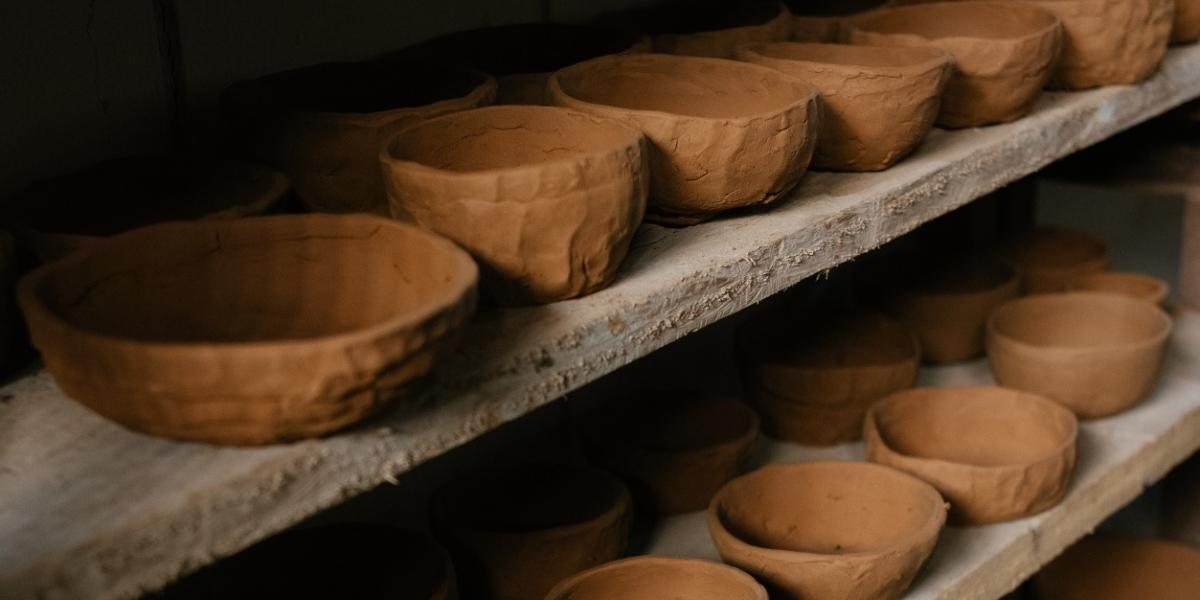
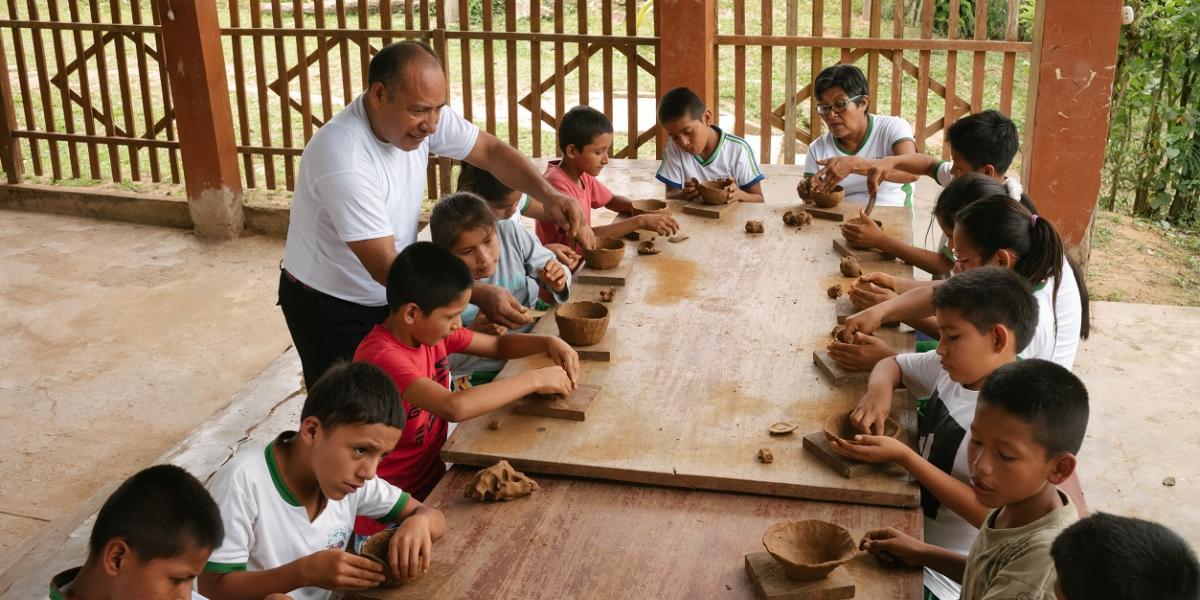
About This Story
Willian’s story showcases USAID’s holistic approach in Peruvian villages like Chazuta. First, by helping former coca farmers find legal job opportunities and then by providing digital and financial training so they can own and grow their businesses.
Through the Digital Inclusion Project (2013-2017) followed by the Alliance of Digital and Financial Services Project – CR3CE Alliance (2018-2022), both implemented by CEDRO [el Centro de Información y Educación para la Prevención del Abuso de Drogas], USAID is partnering with the private sector, leveraging twice the Agency’s investment.
Since 2002 USAID has provided job opportunities to 80,000 families, helping former coca farmers find legitimate work and connecting them with producer associations. In the past five years, these efforts prevented illegal drugs valued at $33 billion from reaching global markets.
USAID is partnering with Cisco and local financial institutions to provide digital and financial training, and with Yachay, a local internet service provider, to build training centers across the country and connect rural areas to the internet. These efforts already expanded internet connectivity in 42 rural communities in Peru, and helped 50,000 people with training and access to the internet.


